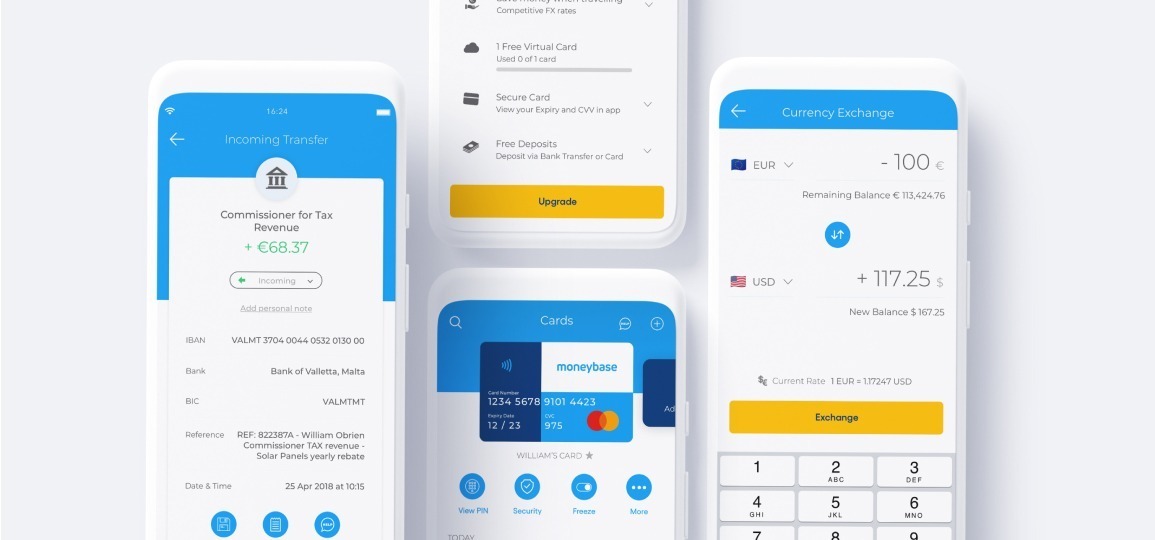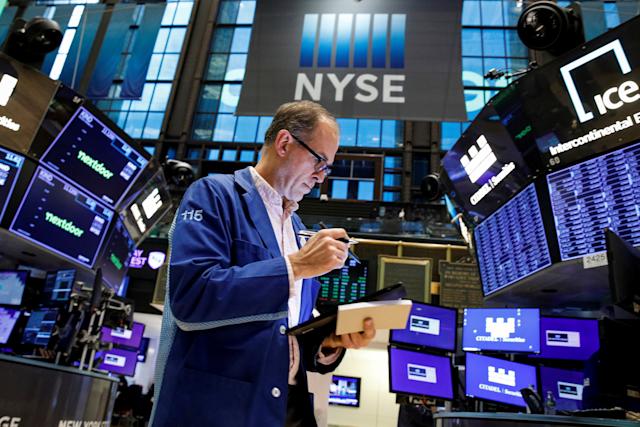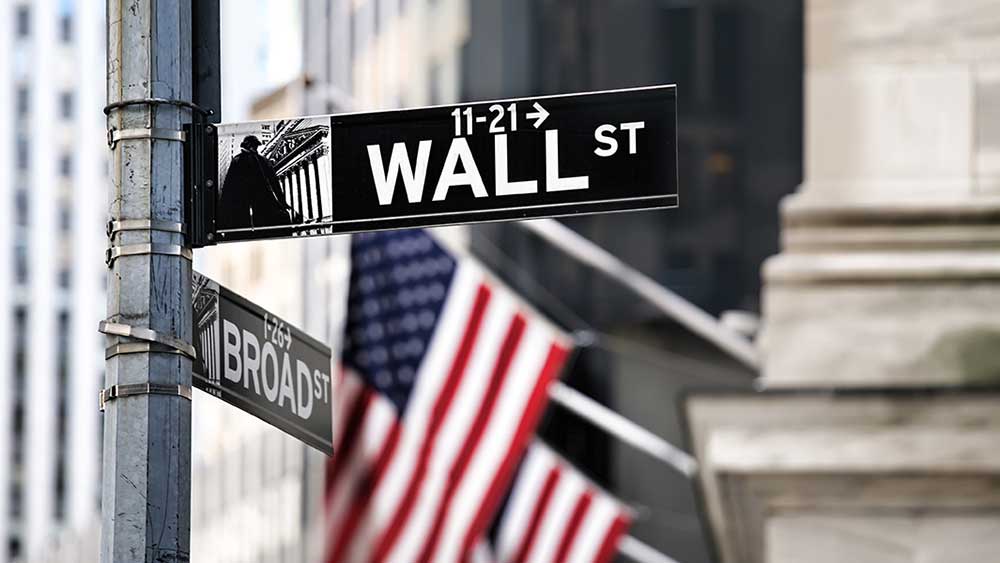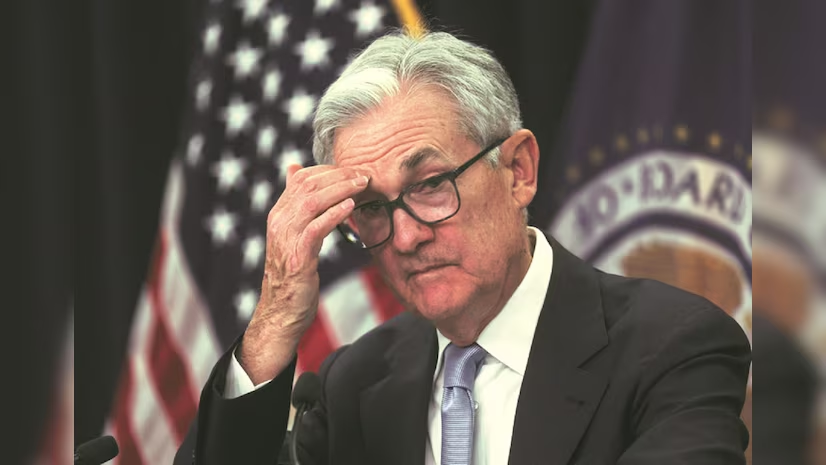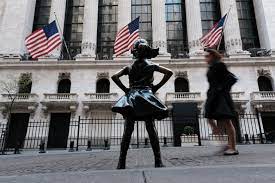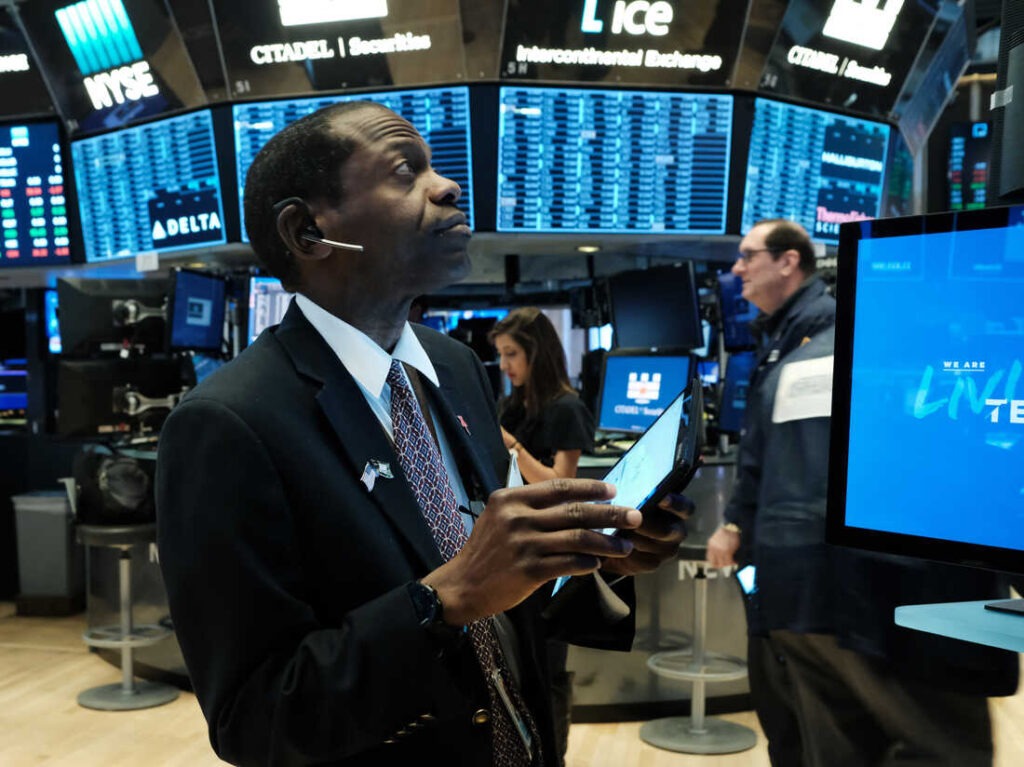It has evolved from a local concept into a global brand, while it has been largely attributed for giving rise to the so-called second wave of coffee culture by introducing a wider variety of coffee experiences than previously available. Starbucks’ rise to the top has been meteoritic, emerging as a coffeehouse giant in the U.S. during the 1990s and arguably becoming the most popular brand in the world to sip on the beverage that most of us can’t start our day without.
As COVID-19 wreaked havoc in the hospitality industry, Starbucks did not sit idle in the hopes that the pandemic would soon be over and its stores would eventually reopen and welcome its patrons. Instead, it went on to revamp its fleet of stores, placed a strong focus on digital ordering and contactless pickup, while it opened up several more drive-through locations. And doing so has added further to its success. Starbucks shares have climbed 106% from their March 2020 low through the end of last year, while investors have cheered about the way the company has managed to rise above the pandemic and adapt its way of doing business.

A brief history of Starbucks
The world’s largest coffeehouse chain, Starbucks, was founded in 1971 by Jerry Baldwin, Zev Siegl and Gordon Bowker at Seattle's Pike Place Market, where it sold high-quality whole coffee beans, dark-roasted in small batches. A decade later or so, Howard Schultz joined as director of retail operations and marketing and went on to transform the coffee bean store into a coffee shop, serving espresso-based drinks. With Schultz at the helm, Starbucks embarked on an aggressive expansion spree, first in Seattle, then across the West Coast of the United States.
In fact, much of its success early on has been largely attributed to its drive towards international expansion after it quickly recognised that it would eventually face a saturated market with little room for further growth if it remained firmly rooted in the U.S. As a result, its first store beyond its borders was opened in 1996 in Tokyo, while two years later it established stores in Taiwan, New Zealand, Thailand and Malaysia. By 2000, it entered seven more markets, while in 2001, it added three more countries.
Starbucks has also positioned itself as a large player in fair trade coffee, while along the years it has grown its market share, expanded its offerings and reoriented its brand around corporate social responsibility. In 2010, it began its Starbucks Reserve programme for single-origin coffees and high-end coffee shops, with the aim to open approximately 1,000 of these by 2017. In addition, as part of the programme, it also operated six roasteries that featured tasting rooms and a number of coffee bars. In 2019, it opened one of its latest roastery locations in Chicago, which has now become the world’s largest Starbucks location.
And while the company may be known for its delectable drinks and food, many stores carry Starbuck’s official merchandise, ranging from mugs and coffee presses to tumbles and scoops. What’s more, there are a few select so-called Starbucks Evening stores that offer more than just coffee and hot beverages, serving alcohol such as beer, wine and appetizers, while Starbucks branded coffee, cold coffee drinks and even ice cream are sold in several grocery stores both in the U.S. and elsewhere.
Fun fact
Apparently, co-founders Gordon Bowker, Jerry Baldwin and Zen Siegl were inspired by author Herman Melville’s infamous novel Moby-Dick for the company’s moniker. Starbuck was the name of the first mate on the ship, the Pequod. As for the mysterious, nautical figure that dons all Starbucks coffee caps, the backstory goes that while rummaging through some old marine books, the form of a siren with two tails stood out.
When did Starbucks go public?
The coffeehouse completed its IPO in June 1992, debuting on the Nasdaq and offering its stock at $17 per share. By then the company had approximately 140 outlets, while its revenue had reached $73.5 million, up from $1.3 million in 1987. The 12% portion of the company which was sold during the initial public offering raised $25 million, which helped the company double its stores over the next two years.
Starbucks has been paying a dividend since 2010 and more impressively, it has increased it over the past 11 years. In fact, its dividend has grown eight-fold over this period. Back in September 2021, the company’s board announced yet another increase of its quarterly cash dividend from $0.45 to $0.49. With its EPS rising for the last five years at approximately 13% per year, Starbucks is paying a decent amount of its earnings to its shareholders, while its earnings are growing at a healthy rate as highlighted below, all of which make it a good dividend stock.
The stock has also undergone six 2-for-1 splits in 1993, 1995, 1999, 2001, 2005 and the most recent one in 2015. This means that for each share of the stock owned pre-split, shareholders would own two shares post-split, so for example, a 1,000-share position pre-split would have become a 2,000 share position following the split.

How much would an investment in Starbucks be worth today?
The Starbucks stock had a good initial run, so much so that by September of 1992, a mere three months following its IPO, the stock rose by 70%. So how much would an investment during the company’s IPO have generated today? At a price share of $17 per share, with $10,000 you would have purchased approximately 588 shares of the coffee chain at its IPO. Taking into account the six 2-for-1 splits it has undergone, these initial shares would have multiplied to 37,632 shares. When a few months ago the company’s stock price reached around $114 per share, the market value of your Starbucks stake would be worth an impressive $4.29 million and that’s without taking into account the quarterly dividends you would have earned along the years.
Is Starbucks a buy?
Throughout the decades, Starbucks has proven to both its competitors and critics that it has the ability to weather crises and emerge through them even stronger. For instance, the company pulled itself out of the financial meltdown of 2008 by aligning its operations with customer demands through social media. The COVID-19 pandemic has been no different. While establishments such as coffee houses were forced to close their doors across the globe, Starbucks switched to online orders. In the second quarter of 2021, comparable store sales in the U.S., which excluded new store openings and closings, increased by 9% when compared to the same period a year ago, with digital orders fuelling most of these sales.
On the other hand, mobile orders totalled just over a quarter of all sales in the U.S, up from 18% a year ago. What’s more, initiatives such as its Stars for Everyone programme, which allows Starbucks Rewards members to earn rewards on their purchases, has been a huge success, adding more than 1 million new active members in Q3 of 2021 alone.
Starbucks did not only manage to overcome a difficult year, but it also exceeded its pre-pandemic earnings. Indeed, fourth quarter revenues ending in October 30, 2021 amounted to $8.1 billion, marking a 31.3% increase compared to the same period in 2020, while full-year revenue growth increase by 23.6% to $29.1 billion and 9.8% higher than the $26.5 billion earned in 2019. Global comparable store sales increased 20%, driven by a 10% increase in average ticket and a 9% increase in comparable transactions. As for consolidated net revenues, these increased 24% to $29.1 billion from the previous year.
Its stock has had a somewhat slower growth compared to 2020 when the stock was up 20% and outperformed the S&P 500, despite earnings per share declining a whopping 73%. Regardless, MKM Partners upgraded the stock to buy from neutral back in December of last year citing the company’s healthy margin, sufficient pricing power and growth expectations as reasons for the upgrade. Meanwhile, BTIG named it a top stock pick for 2022.
What’s next for Starbucks?
Despite any short-term challenges it might be facing mainly caused by the pandemic, Starbucks has demonstrated that it has the ability to generate revenue growth from its existing stores, while it has also managed to open several more coffee places - a net 538 stores in its fourth quarter, ending the period with 33,833 stores around the world - a move that indicates that its core business is doing pretty well. And when considering that its addressable coffee market is expected to grow at a compound annual growth rate of 5% to 6% through 2023 and to hit $450 billion of revenue globally according to research by firm Euromonitor, Starbucks has the potential to capture a sizable share of it.
How to invest in Starbucks (SBUX) with Moneybase Invest
Ready to invest in Stabrucks (SBUX)? Your first step to tapping into a world of investment opportunities with Moneybase Invest is to sign up and open an account.
To do so:
- Download the app from either Google Play or the Apple App Store. Alternatively, you may access Moneybase Invest on your desktop by visiting https://live.cctrader.com/
- Once you’ve onboarded successfully and have funded your account, head over to the search bar at the top of your screen and input either the company name or ticker symbol.
- Select the instrument of your choice from the list and then click on the Buy button on the window located at the bottom of your screen.
- On the New Order page, input the number of shares you would like to purchase and hit the Place Buy Order. The stock has been added to your portfolio.
Access over 20,000 Stocks, ETFs, Bonds & Funds and over 4,300 fractional US shares and ETFs on our award-winning platform, with no hidden fees and instant market execution.
Moneybase Invest is brought to you by Calamatta Cuschieri Investment Services Ltd and is licensed to conduct investment services business by the MFSA under the Investment Services Act.
Moneybase Invest offers direct market access and speed of execution and is intended for knowledgeable and experienced individuals taking their own investment decisions. The value of investments may go up and down and currency fluctuations may also affect investment performance.
The contents of this article are not intended to be taken as a personal recommendation to invest but strictly based on research and for information purposes only. Retail investors should contact their financial adviser for a suitability assessment prior to taking any investment decisions.
